Home>Garden Essentials>Garden Plants>When Can You Plant Creeping Thyme
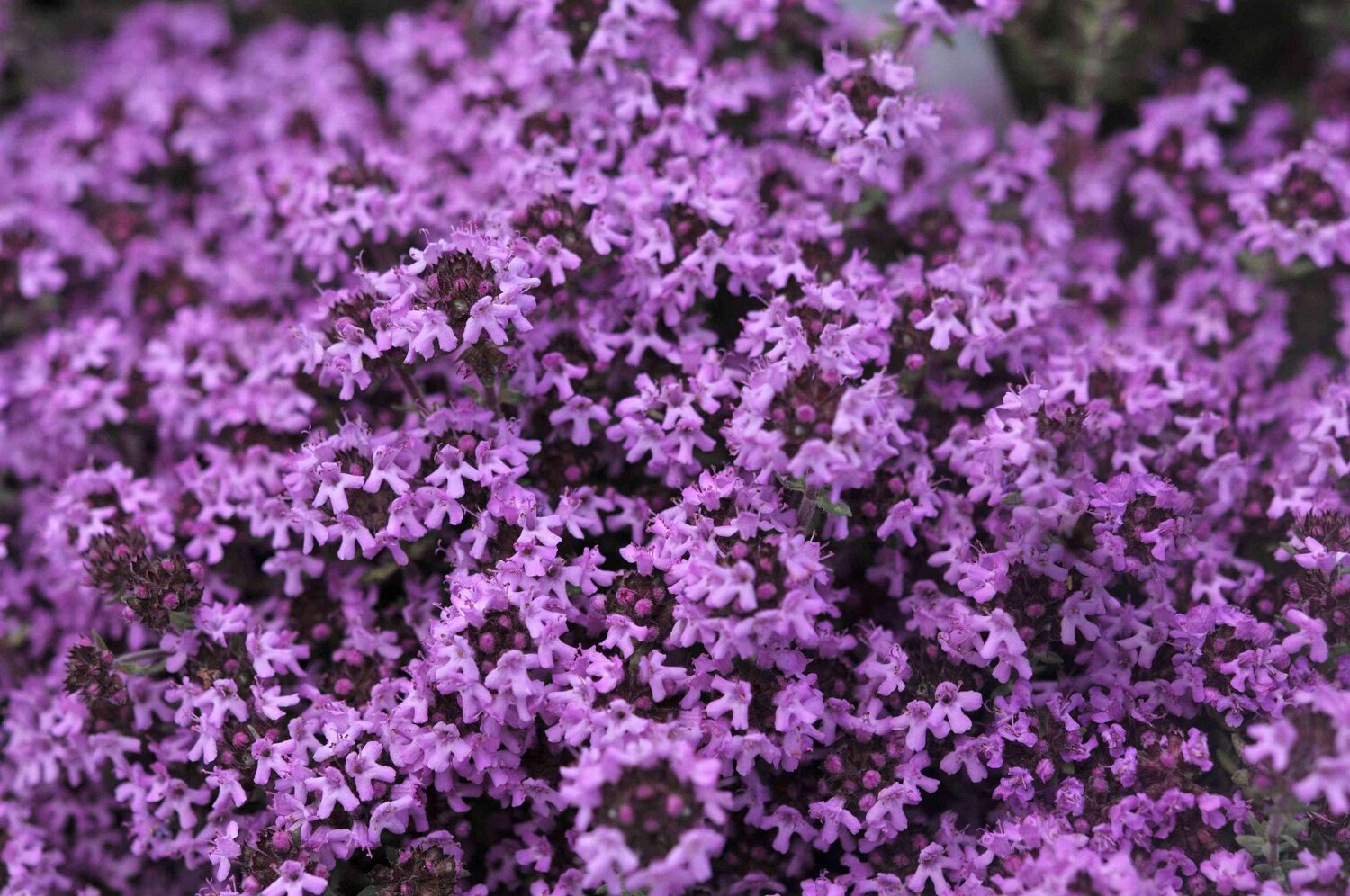

Garden Plants
When Can You Plant Creeping Thyme
Modified: January 6, 2024
Discover the ideal time to plant creeping thyme in your garden and how to care for these versatile plants. Enhance your landscape with this easy-to-grow perennial.
(Many of the links in this article redirect to a specific reviewed product. Your purchase of these products through affiliate links helps to generate commission for Storables.com, at no extra cost. Learn more)
Introduction
Are you looking for a versatile and low-maintenance plant to add charm and beauty to your garden or landscape? Look no further than creeping thyme! With its delicate foliage, vibrant flowers, and aromatic scent, creeping thyme is a popular choice for both novice and experienced gardeners.
In this article, we will explore the world of creeping thyme and delve into the best practices for successfully planting and caring for this versatile herb. Whether you want to create a stunning ground cover, fill gaps between stepping stones, or attract pollinators to your garden, creeping thyme is an excellent choice.
But before we jump into the specifics, let’s take a moment to understand what exactly creeping thyme is and what makes it so special. Creeping thyme, scientifically known as Thymus serpyllum, is a low-growing perennial herb native to Europe and parts of Asia. It belongs to the Lamiaceae family, which also includes other aromatic herbs such as mint, basil, and lavender.
Creeping thyme gets its name from its unique growth habit – it spreads and creeps along the ground, forming a dense mat of foliage. This characteristic makes it an excellent choice for ground cover, preventing weed growth and reducing the need for regular maintenance. It also produces small, delicate flowers in various shades of purple, pink, white, and even red, which adds a lovely pop of color to any garden.
One of the notable features of creeping thyme is its aromatic foliage. When crushed or brushed against, the leaves release a pleasant scent that is reminiscent of a combination of thyme, mint, and lemon. This aromatic quality not only adds to the overall appeal of the plant but also makes it deer-resistant, as the strong scent deters browsing animals.
Another benefit of growing creeping thyme is its ability to attract beneficial insects such as bees and butterflies. The flowers provide a valuable source of nectar, supporting pollinators in your garden and promoting biodiversity. Moreover, creeping thyme is known for its drought tolerance, making it a resilient plant in various climates and soil conditions.
In the upcoming sections, we will delve into the factors to consider before planting creeping thyme, the optimal planting time, soil preparation, planting techniques, care instructions, and potential problems that you may encounter. By the end of this article, you will have all the information you need to embark on a successful journey with creeping thyme.
Key Takeaways:
- Embrace the versatility of creeping thyme for a stunning, low-maintenance garden. Its aromatic foliage, vibrant flowers, and culinary and medicinal uses make it a delightful addition to any outdoor space.
- Ensure the success of your creeping thyme plants by considering factors like sunlight, soil drainage, and optimal planting time. With proper care, enjoy the beauty and benefits of this resilient and versatile herb.
Read more: When To Plant Creeping Thyme Seeds
Understanding Creeping Thyme
Before diving into the specifics of planting and caring for creeping thyme, it’s essential to have a solid understanding of this versatile herb. Creeping thyme, scientifically known as Thymus serpyllum, is a low-growing perennial herb that is native to Europe and parts of Asia. It is a member of the mint family, Lamiaceae, and its botanical name “serpyllum” refers to its creeping growth habit.
Creeping thyme is characterized by its small, fragrant leaves that are typically green or gray-green in color. The leaves are arranged in pairs along the stems and have a somewhat hairy texture. When crushed or brushed against, the leaves release a delightful aroma that is reminiscent of a mix of thyme, mint, and lemon.
One of the main reasons gardeners are drawn to creeping thyme is its ability to form a beautiful ground cover. It spreads and creeps along the ground, creating a dense mat of foliage that suppresses weed growth and helps to retain soil moisture. The mat-forming nature of creeping thyme also makes it suitable for planting between stepping stones or along the edges of garden beds.
Another appealing feature of creeping thyme is its delicate flowers, which bloom in clusters atop the foliage. The flowers come in various shades of purple, pink, white, and even red, and attract beneficial insects such as bees and butterflies. Not only do the flowers add a splash of color to your garden, but they also provide a valuable source of nectar for pollinators.
In terms of growing conditions, creeping thyme thrives in full sun, although it can tolerate partial shade. It has excellent drought tolerance, making it well-suited to dry, well-draining soils. However, it is important to note that while creeping thyme can tolerate some dryness, it still benefits from occasional watering during prolonged dry periods.
Creeping thyme is a fairly low-maintenance plant, making it an ideal choice for busy gardeners. As long as it is planted in well-draining soil and receives adequate sunlight, it will require minimal attention. However, proper pruning and maintenance can help enhance its growth and overall appearance.
Now that you have a better understanding of creeping thyme and its characteristics, it’s time to explore the factors you should consider before planting it in your garden. By considering these factors and preparing appropriately, you can ensure the success of your creeping thyme plants and enjoy their beauty and aromatic qualities for years to come.
Factors to Consider Before Planting
Before you start planting creeping thyme in your garden, there are several important factors that you should take into consideration. Considering these factors will help ensure that your creeping thyme plants thrive and provide you with the desired results. Let’s explore the key factors below:
- Sunlight: Creeping thyme thrives in full sun conditions, meaning it requires at least six hours of direct sunlight per day. While it can tolerate some shade, it may not flower as abundantly in low light conditions. Therefore, it is crucial to select a planting location that receives ample sunlight to promote healthy growth and vibrant blooms.
- Soil Drainage: Creeping thyme prefers well-draining soil to prevent waterlogged roots. It does not tolerate soggy conditions and is susceptible to root rot in poorly drained soil. Ensure that the soil is loose and well-draining. If you have heavy clay soil, consider amending it with organic matter like compost or sand to improve drainage.
- Soil pH: Creeping thyme thrives in slightly alkaline to neutral soil with a pH range between 6.0 and 8.0. It can tolerate a slightly acidic pH but may not perform as well in highly acidic soil. Test the soil pH using a kit available at garden centers or consider sending a soil sample to a local agricultural extension office for analysis.
- Climate: Creeping thyme is adaptable to a wide range of climates but generally prefers moderate to cool temperatures. It is hardy in USDA zones 4 to 9, which covers a vast majority of the United States. However, in extremely hot regions, it may benefit from some afternoon shade to prevent heat stress.
- Space: Consider the space available in your garden or landscape before planting creeping thyme. Since it has a spreading growth habit, it can quickly fill in empty spaces and cover a large area. Ensure that you provide enough room for it to grow without overcrowding other plants or structures in your garden.
- Companion Plants: Consider the plants that will be growing alongside creeping thyme. It pairs well with other low-growing plants, herbs, and perennials such as lavender, dianthus, sedum, and rosemary. Companion planting can create a visually appealing garden with complementary textures and colors.
- Watering Routine: Creeping thyme is drought-tolerant once established but still benefits from regular watering, especially during dry spells. However, avoid overwatering as this can lead to root rot and other issues. Water deeply but sporadically to encourage deep root growth and ensure the soil dries out between watering sessions.
By considering these factors before planting creeping thyme, you can create an optimal growing environment for your plants. Understanding and addressing these considerations will increase the chances of success and result in healthy, thriving, and visually appealing creeping thyme plants in your garden.
Optimal Planting Time for Creeping Thyme
Choosing the right time to plant your creeping thyme plays a crucial role in ensuring its successful establishment and growth. While creeping thyme can be planted at various times throughout the year, there are a few key factors to consider when determining the optimal planting time.
The best time to plant creeping thyme is typically in the spring or fall, when the weather is cool and the soil is relatively moist. These seasons provide the ideal conditions for the plant to settle in and establish its root system before the extreme temperatures of summer or winter.
In the spring, planting creeping thyme early allows it to take advantage of the cooler temperatures and ample rainfall. This aids in root development and enables the plant to establish itself before the arrival of hot summer weather. Spring planting also gives the plant a chance to acclimate and begin growing before the peak growing season.
If you choose to plant creeping thyme in the fall, aim to do so at least 6 to 8 weeks before the first frost date in your region. This provides ample time for the roots to establish before winter sets in. The cooler temperatures and higher moisture levels in the fall give the plant a head start, and it will be better prepared to endure the harsher winter conditions.
That being said, creeping thyme is a hardy plant and can tolerate a range of conditions. As long as you provide proper care and attention, you can plant it at other times of the year as well. However, keep in mind that planting during the hotter summer months may require more frequent watering and monitoring to ensure the plant’s hydration needs are met.
Before planting, it’s essential to prepare the soil to create an optimal environment for the creeping thyme. Ensure the soil is loosened and well-draining, as waterlogged soil can cause root rot. Adding organic matter such as compost can improve soil fertility and structure. Additionally, removing weeds and debris from the planting area will prevent competition for nutrients and sunlight.
When planting creeping thyme, space the plants approximately 6 to 12 inches apart to allow for their spreading growth habit. Dig a hole slightly larger than the root ball, place the plant in the hole, and backfill with soil, gently firming it around the roots. Water the newly planted thyme thoroughly to settle the soil and provide initial moisture.
Whether you choose to plant creeping thyme in the spring or fall, regular watering, especially during the establishment period, is crucial. Monitor the soil moisture and water when the top inch of soil feels dry. As the plants mature, they will become more drought-tolerant, but it is still important to provide supplemental water during extended dry periods.
By planting creeping thyme at the optimal time and providing proper care throughout the growing season, you can ensure healthy growth and a vibrant, beautiful addition to your garden.
Preparing the Soil for Planting
The success of your creeping thyme plants depends greatly on the quality and condition of the soil they are planted in. By taking the time to properly prepare the soil before planting, you can create an optimal environment that promotes healthy growth and ensures the longevity of your plants. Here are some important steps to follow when preparing the soil for planting creeping thyme:
- Remove Weeds and Debris: Before starting any soil preparation, clear the planting area of weeds, rocks, and other debris. Weeds can compete with creeping thyme for nutrients, water, and sunlight, impeding its growth. Removing them ensures that the thyme has a clear space to establish itself.
- Test Soil pH: Knowing the soil pH is essential when preparing the soil for any plant. Creeping thyme prefers slightly alkaline to neutral soil, with a pH range of 6.0 to 8.0. You can test the soil pH using a pH testing kit available at garden centers or by sending a soil sample to a local agricultural extension office for analysis. If the pH is too acidic, you can add lime to raise the pH and make the soil more alkaline.
- Improve Drainage: Creeping thyme thrives in well-draining soil, so it’s important to address any drainage issues before planting. If your soil is heavy clay or tends to become waterlogged, consider improving drainage by incorporating organic matter such as compost or sand. This will help break up the soil, enhance its structure, and allow excess water to drain away more quickly.
- Amend the Soil: Adding organic matter to the soil is beneficial for overall soil fertility and structure. Before planting, work in well-rotted compost or aged manure into the top few inches of soil. This will enrich the soil with nutrients, improve its texture, and create a favorable environment for the roots to grow and spread.
- Loosen the Soil: Loosening the soil is important for the root penetration and establishment of creeping thyme. Use a garden fork or tiller to loosen the top 6 to 8 inches of soil, breaking up any compacted areas. This step ensures that the roots can easily penetrate the soil, allowing for proper nutrient uptake and water absorption.
- Level the Surface: After loosening the soil, rake the surface to create a level and smooth planting bed. Removing any large clumps or rocks will provide an even surface for planting and prevent any irregularities that could impede water distribution or hinder the plant’s growth.
By following these steps, you will have prepared the soil to create an optimal environment for planting creeping thyme. The cleared and amended soil, with improved drainage and proper pH levels, will provide the necessary conditions for the root system to establish and thrive. This preparation will help ensure that your creeping thyme plants have the best chance to flourish and provide you with a beautiful ground cover or decorative addition to your garden.
You can plant creeping thyme in the spring after the last frost or in the fall. Choose a sunny location with well-drained soil and space the plants about 6-12 inches apart. Water regularly until established.
Read more: When To Plant Creeping Thyme Ground Cover
Planting Creeping Thyme
Now that you have prepared the soil, it’s time to plant your creeping thyme. Proper planting techniques play a crucial role in ensuring successful establishment and healthy growth of your plants. Follow these steps to plant your creeping thyme:
- Choose the Right Location: Select a location that receives full sun to partial shade. Creeping thyme thrives in sunny areas but can tolerate some shade. Ensure there is enough space for the plant to spread and grow without overcrowding other plants or structures.
- Space the Plants: Creeping thyme is a low-growing plant that spreads rapidly. To allow for its spreading growth habit, space the plants approximately 6 to 12 inches apart. This spacing will ensure that the plants have room to grow and create a beautiful, dense mat of foliage.
- Dig the Planting Holes: Dig holes that are slightly larger than the root balls of the creeping thyme plants. The holes should be deep enough so that the plants sit at the same level as they were in their pots. This will maintain the proper soil-to-root ratio and prevent the plants from settling too low or too high in the ground.
- Plant the Thyme: Carefully remove the creeping thyme plants from their pots, gently loosening the root ball if it’s compacted. Place each plant in a prepared hole, ensuring that the top of the root ball is level with the ground. Backfill the hole with soil, gently firming it around the roots to eliminate any air pockets. Be careful not to bury the base of the plant, as this can lead to rotting.
- Water Thoroughly: After planting, water the thyme plants thoroughly to settle the soil around the roots. This initial watering helps eliminate any remaining air pockets and ensures good soil-to-root contact. Keep the soil moist but not waterlogged during the establishment period, watering deeply whenever the top inch of soil feels dry.
- Mulch: Applying a layer of organic mulch, such as straw or wood chips, around the plants can help conserve moisture, suppress weed growth, and regulate soil temperature. Mulch also adds a nice aesthetic touch to the garden. Apply a layer about 2 to 3 inches thick, making sure to keep it a few inches away from the base of the plants to prevent rotting.
- Provide Care and Maintenance: Once your creeping thyme plants are in the ground, it’s important to provide them with regular care and maintenance. This includes regular watering, especially during dry spells, and occasional fertilization to promote healthy growth. Pruning the plants lightly after blooming can help maintain their shape and remove any dead or damaged foliage.
By following these planting steps and providing proper care, your creeping thyme plants will have a strong start and establish themselves quickly. With their spreading growth habit, they will create a lush and vibrant ground cover or add an enchanting touch to your garden borders or rockeries. Enjoy the beauty and aromatic qualities of your creeping thyme as it grows and flourishes in your garden!
Caring for Creeping Thyme Plants
Caring for your creeping thyme plants is essential to ensure their health, vigor, and longevity. While creeping thyme is a relatively low-maintenance plant, it still requires some attention and care to thrive. Here are some important care guidelines to keep in mind:
- Watering: While creeping thyme is drought-tolerant once established, regular watering is crucial during the initial establishment period and dry spells. Water deeply but infrequently, allowing the top inch of soil to dry out between waterings. Avoid overwatering, as it can lead to root rot and other issues.
- Weeding: Regular weeding is important to keep the area around your creeping thyme plants free from competition. Remove any weeds that may sprout up, as they can compete with the thyme for nutrients, water, and sunlight. Be careful when weeding, as the shallow root system of creeping thyme is close to the surface.
- Pruning: Pruning creeping thyme helps promote new growth, maintain the plant’s shape, and prevent it from becoming too woody or leggy. After the plants have finished blooming, lightly trim back any dead or damaged foliage. You can also trim the plants back by about one-third if they become too unruly or start to lose their compact shape.
- Fertilizing: Creeping thyme generally does not require heavy feeding. However, you can apply a balanced, slow-release organic fertilizer in early spring to provide a gentle nutrient boost. Follow the manufacturer’s instructions for application rates and frequency. Avoid over-fertilizing, as this can lead to excessive foliage growth and reduced flowering.
- Managing Pests and Diseases: Creeping thyme is relatively resistant to pests and diseases. However, occasional issues such as aphids or fungal diseases may occur. Monitor your plants regularly and take appropriate action if you notice any pests or signs of disease. In many cases, a blast of water or the use of organic insecticidal soap can help control pest populations.
- Dividing and Propagating: Over time, creeping thyme may start to become overcrowded or develop bare patches in the center. To rejuvenate the plant and maintain its vigor, you can divide it every 3 to 4 years. Dig up the plant, carefully separate the clumps or sections, and replant them in well-prepared soil. You can also propagate creeping thyme by taking stem cuttings in the spring or early summer and rooting them in a well-draining medium.
- Winter Care: Creeping thyme is generally hardy and can withstand frost and cold temperatures. However, in regions with severe winter conditions, it may benefit from some protection. Applying a layer of mulch around the plants can help insulate the roots and provide some protection against freezing temperatures. Remove the mulch in the spring once the risk of frost has passed.
By following these care guidelines, you can maintain healthy and vibrant creeping thyme plants in your garden. Remember to adjust your care practices based on your specific climate, soil conditions, and the unique needs of the plants. With proper care, your creeping thyme will continue to provide you with its beautiful foliage, colorful blooms, and aromatic scent for years to come.
Common Problems and Troubleshooting
While creeping thyme is generally a resilient and low-maintenance plant, it may encounter some common problems. Understanding these issues and knowing how to troubleshoot them will help ensure the health and vitality of your creeping thyme plants. Here are some common problems you may encounter and how to address them:
- Poor or Sparse Blooming: If your creeping thyme is not blooming as profusely as expected, it may not be receiving enough sunlight. Make sure the plants are located in a spot that receives at least six hours of direct sunlight per day. If the plants are in a shaded area, consider relocating them to a sunnier spot to encourage better blooming.
- Overwatering: Overwatering can lead to root rot, fungal diseases, and overall poor plant health. Ensure that you are not overwatering your creeping thyme. Water deeply but infrequently, allowing the top inch of soil to dry out between waterings. Adjust your watering schedule based on the weather conditions, with a reduction in water during cooler and wetter periods.
- Weed Competition: Weeds can compete with creeping thyme for essential resources, resulting in poor growth. Regularly remove any weeds that sprout up around the plants to prevent competition. Applying a layer of mulch around the plants can also help smother weeds and conserve soil moisture, reducing the need for frequent weeding.
- Pest Infestations: While creeping thyme is relatively resistant to pests, occasional infestations may occur. Common pests include aphids, spider mites, and slugs. If you notice any signs of pest damage, such as distorted leaves or chewed foliage, take appropriate action. Use organic insecticidal soap, neem oil, or other eco-friendly pest control methods to target and eliminate the pests.
- Leggy or Woody Growth: If your creeping thyme starts to exhibit leggy or woody growth, it may benefit from rejuvenation pruning. Trim back the plants by about one-third, cutting just above a set of healthy leaves or nodes. This will encourage new growth and help maintain the plant’s compact and bushy appearance.
- Winter Damage: In regions with cold winters, creeping thyme may experience winter damage. This can manifest as browning or dieback of foliage. To protect the plants, apply a layer of mulch around the base in late fall. This will help insulate the roots and provide some protection against freezing temperatures. Remove the mulch in the spring once the risk of frost has passed.
By being aware of these common problems and taking the appropriate measures to address them, you can overcome any challenges and ensure the health and beauty of your creeping thyme plants. Regular monitoring, timely action, and proper care will help keep your plants thriving and enhance your enjoyment of their aromatic scent, vibrant blooms, and lush foliage.
Harvesting and Using Creeping Thyme
In addition to its beauty and aromatic qualities, creeping thyme also offers delightful culinary and medicinal uses. Harvesting the leaves and flowers of creeping thyme allows you to enjoy its fresh flavors and incorporate them into various dishes, teas, and DIY remedies. Here’s a guide on how to harvest and use creeping thyme:
Harvesting:
When it comes to harvesting creeping thyme, timing is key. The best time to harvest the leaves and flowers is in the morning when the aromatic oils are most potent. Gently trim the stems using clean, sharp scissors or pruning shears, making the cuts just above a set of healthy leaves or nodes. Avoid harvesting more than one-third of the plant’s foliage at once to maintain its vitality.
Using Fresh:
Fresh creeping thyme leaves and flowers can add a delightful aroma and flavor to a variety of culinary dishes. Here are some ways to use fresh creeping thyme:
- Culinary Garnish: Sprinkle fresh thyme leaves or whole flowers on salads, soups, stews, roasted vegetables, or grilled meats for an added burst of flavor and visual appeal.
- Herb Butter: Blend finely chopped thyme leaves into softened butter to create a delicious herb-infused spread for bread, vegetables, or grilled meats.
- Infused Oils and Vinegars: Add freshly harvested thyme leaves to olive oil or vinegar to infuse them with the herb’s aromatic essence. Use these infused liquids in salad dressings, marinades, or as a flavorful drizzle over dishes.
- Teas and Infusions: Steep fresh thyme leaves in hot water to create a soothing and aromatic herbal tea. You can enjoy it on its own or mix it with other herbs like lemon balm or chamomile.
Drying and Storing:
If you want to preserve creeping thyme for later use, drying is a common method. Here’s a simple process to dry and store the harvested thyme:
- Bunching: Bundle the harvested stems together, securing them with a rubber band or twine. Hang the bunch upside down in a well-ventilated area away from direct sunlight to allow for air circulation and even drying.
- Drying Time: It may take about one to two weeks for the thyme to fully dry. The leaves should feel crisp and crumble easily when touched.
- Storage: Once completely dried, strip the leaves from the stems and store them in an airtight container in a cool, dark place. Label the container with the date to ensure freshness and potency.
Medicinal and DIY Uses:
Creeping thyme has long been used for its medicinal properties and benefits. The essential oils present in the leaves and flowers contain compounds that offer digestive, respiratory, and antiseptic properties. Here are a few ways to incorporate creeping thyme into DIY remedies:
- Herbal Salves: Infuse dried thyme leaves into carrier oils, such as olive or coconut oil, and use the resulting infusion to create healing salves for minor cuts, scrapes, or insect bites.
- Thyme Inhalation: Steep dried thyme leaves in hot water and inhale the steam to help relieve congestion and soothe respiratory discomfort.
- Herbal Baths: Add a handful of dried thyme leaves to bathwater for a relaxing and aromatic herbal bath. This can help ease muscle tension and promote relaxation.
Remember to consult a healthcare professional or herbalist before using creeping thyme for medicinal purposes. They can provide guidance on dosage, potential interactions, and any precautions specific to your health condition.
Whether you’re using fresh creeping thyme to elevate your culinary creations or harnessing its medicinal properties in DIY remedies, harvesting and utilizing this versatile herb adds a new dimension to your gardening experience. Enjoy the aromatic and flavorful benefits of creeping thyme in your everyday life!
Read more: How To Plant A Creeping Thyme Lawn
Conclusion
Creeping thyme is a versatile and beautiful plant that offers a range of benefits for your garden, landscape, and even your culinary and medicinal endeavors. With its spreading growth habit, aromatic foliage, and vibrant flowers, creeping thyme adds charm, color, and a delightful fragrance to any outdoor space.
Throughout this article, we have explored the world of creeping thyme, from understanding its characteristics and factors to consider before planting, to the optimal planting time and care requirements for these resilient plants. By following the guidelines provided, you can ensure the successful establishment and ongoing health of your creeping thyme plants.
From preparing the soil to planting, watering, and maintaining the plants, each step plays an essential role in their growth and longevity. Additionally, learning about common problems and troubleshooting techniques will equip you with the knowledge to overcome challenges and keep your plants thriving.
Not only is creeping thyme a visually appealing ground cover, but it also offers culinary and medicinal benefits. Harvesting and using fresh thyme leaves and flowers can elevate your culinary creations with its aromatic flavors. Drying and storing thyme allows you to enjoy its delightful qualities year-round and incorporate it into teas, infusions, and DIY remedies.
Remember to always consider your specific climate, sunlight, and soil conditions when caring for creeping thyme. It is a resilient plant but still requires attention and care to reach its full potential. With proper care, your creeping thyme will continue to flourish, bringing beauty, fragrance, and the potential for culinary and medicinal wonders to your garden.
So why wait? Embrace the versatility of creeping thyme and embark on a journey of creating a stunning and aromatic landscape that will enchant you and your visitors for years to come. Happy planting and enjoy the beauty and benefits of your creeping thyme plants!
Frequently Asked Questions about When Can You Plant Creeping Thyme
Was this page helpful?
At Storables.com, we guarantee accurate and reliable information. Our content, validated by Expert Board Contributors, is crafted following stringent Editorial Policies. We're committed to providing you with well-researched, expert-backed insights for all your informational needs.
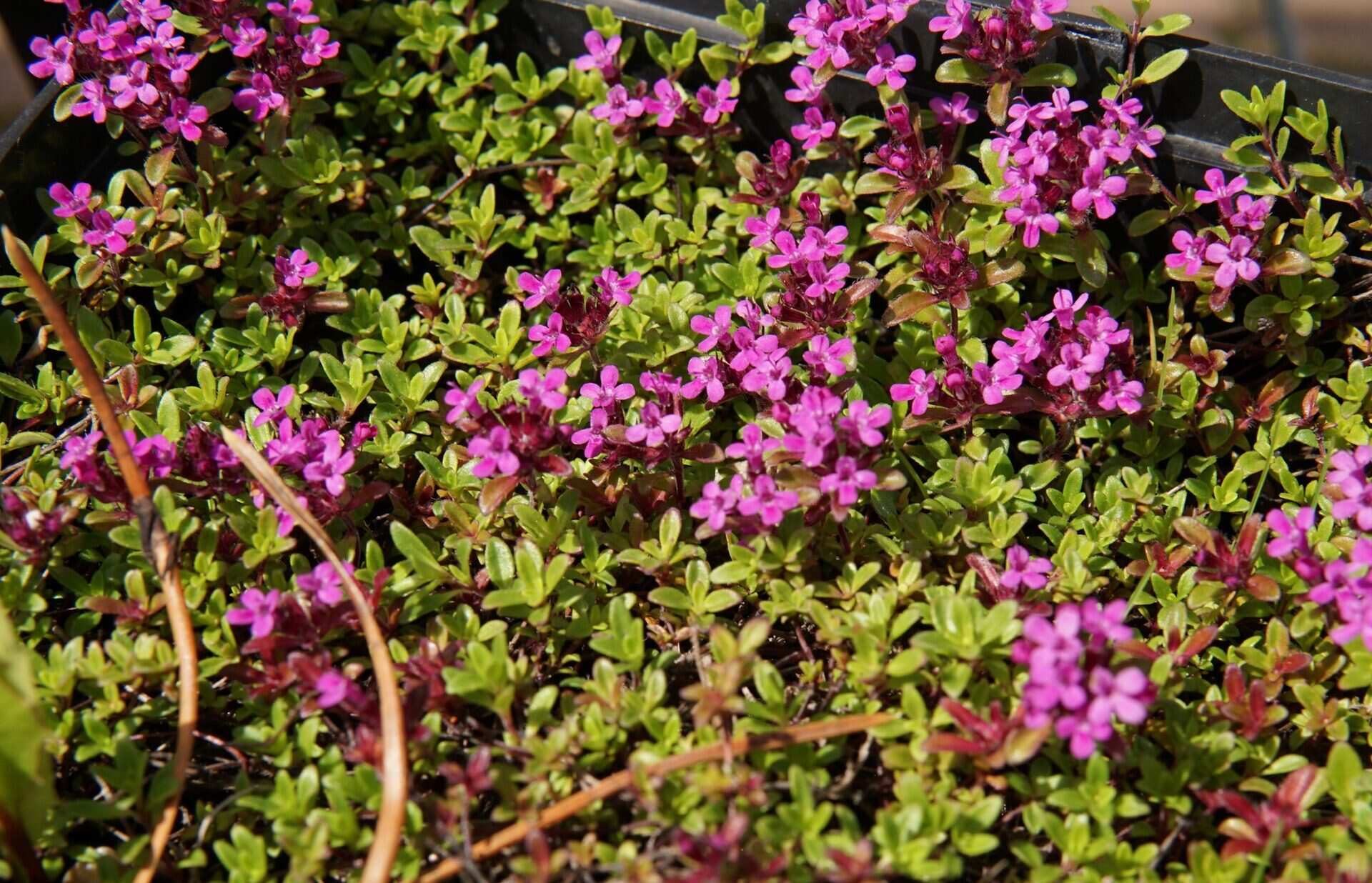
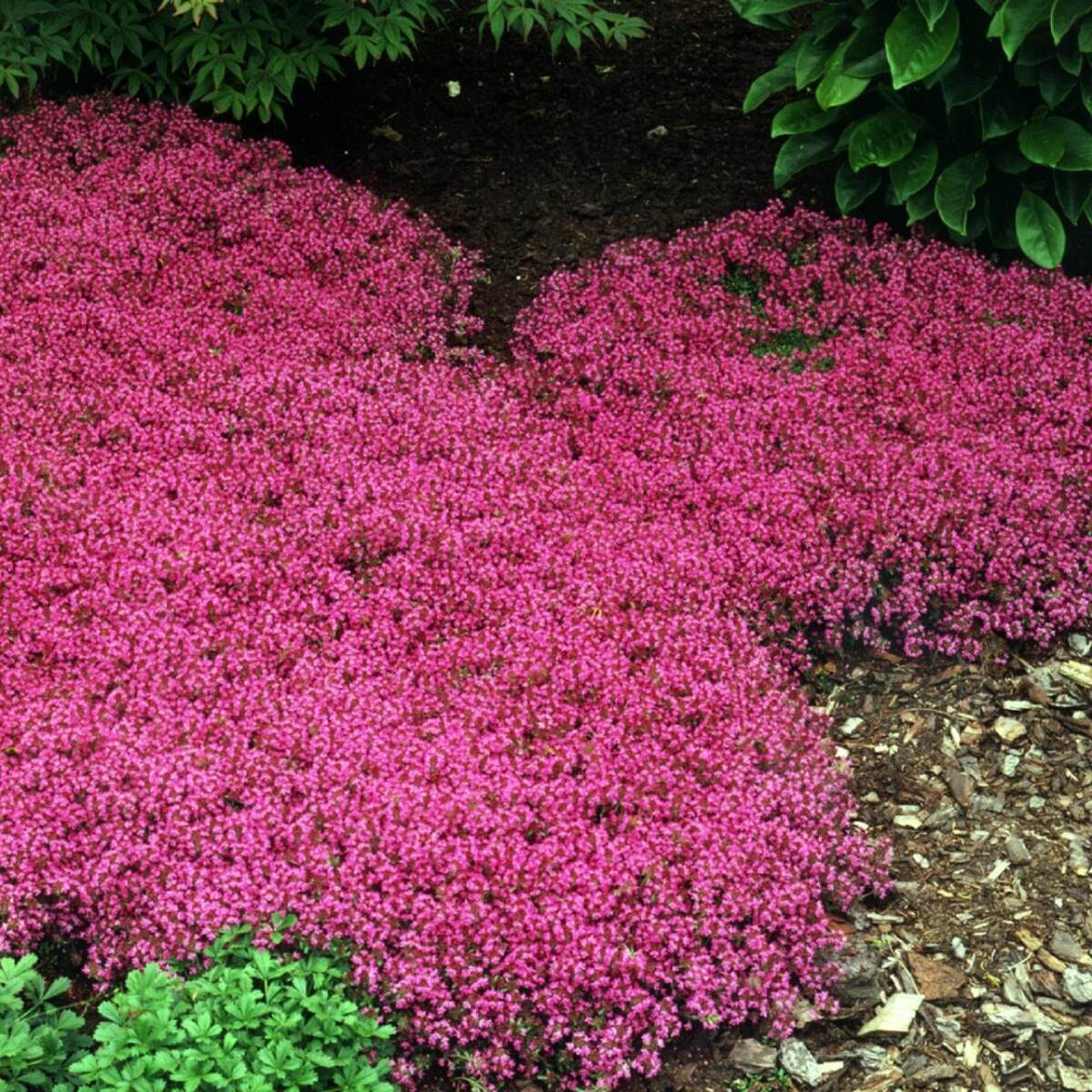
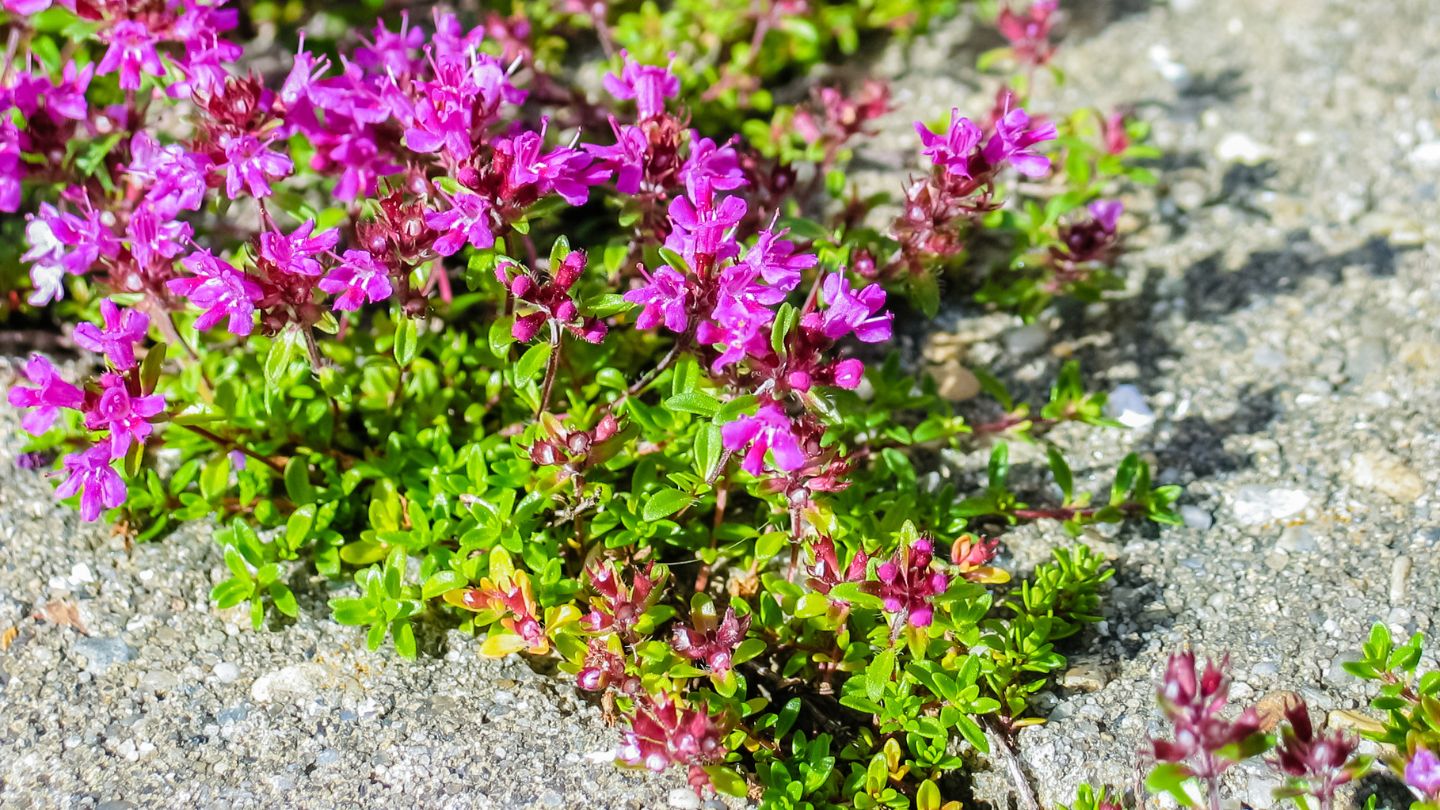
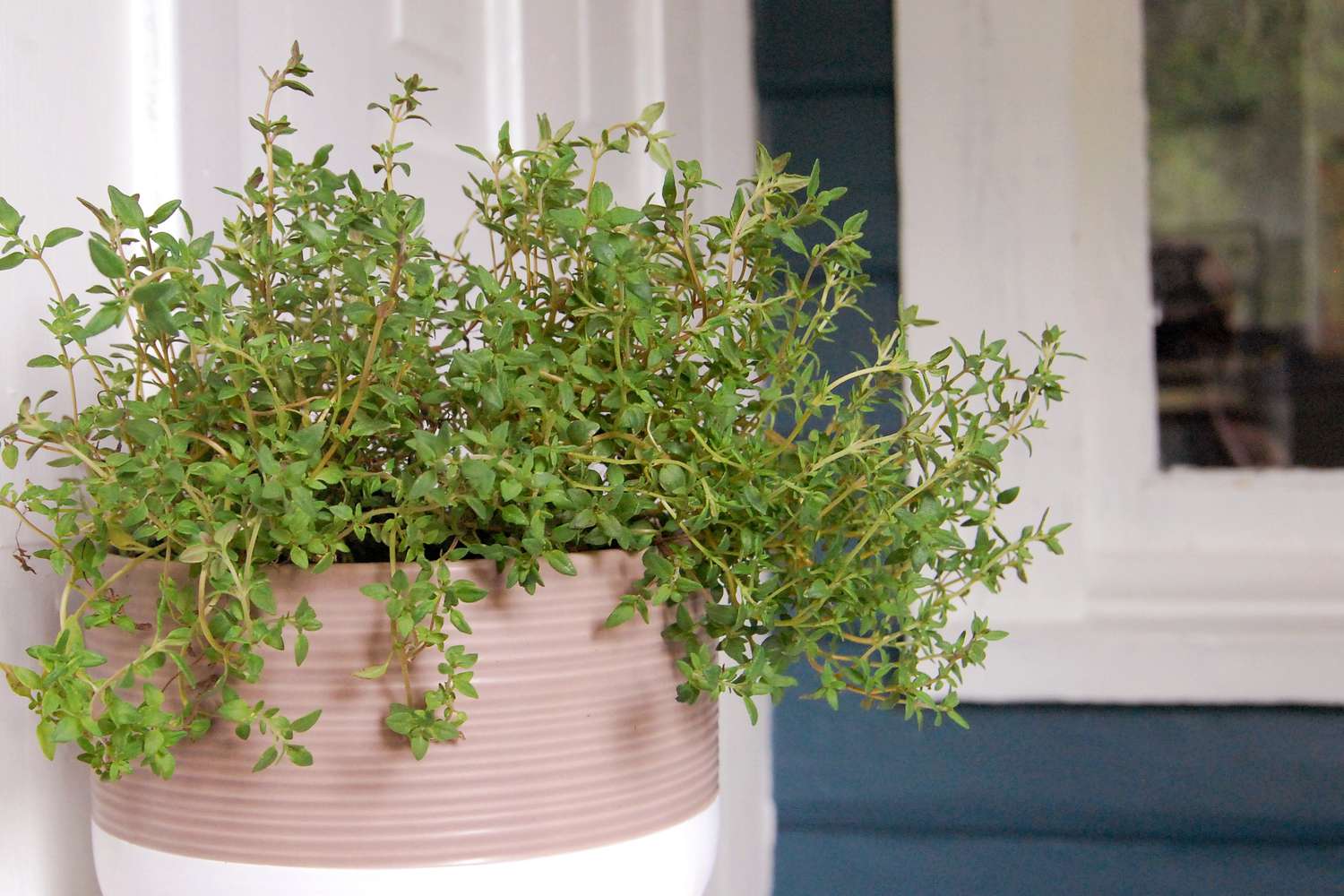
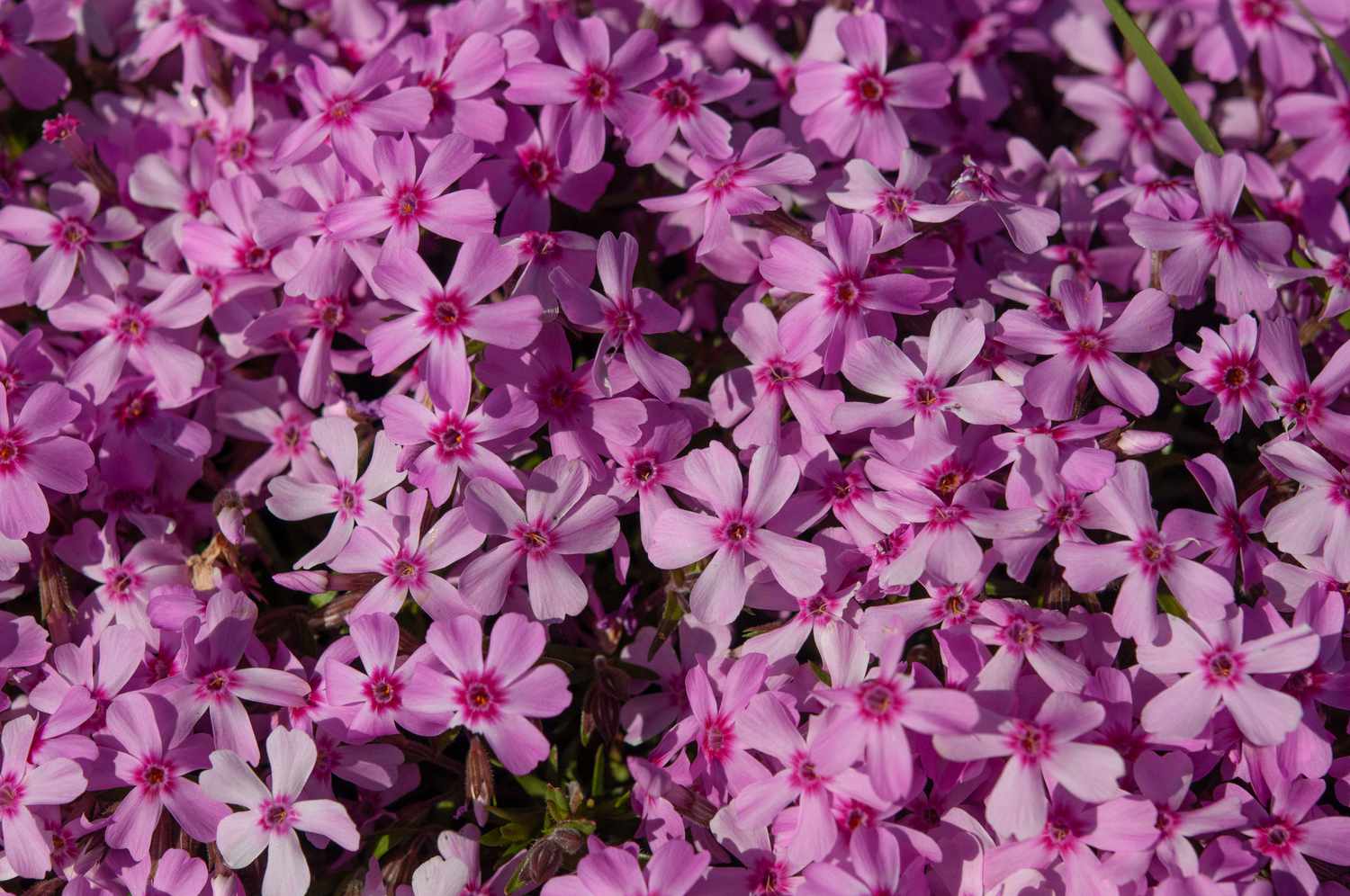
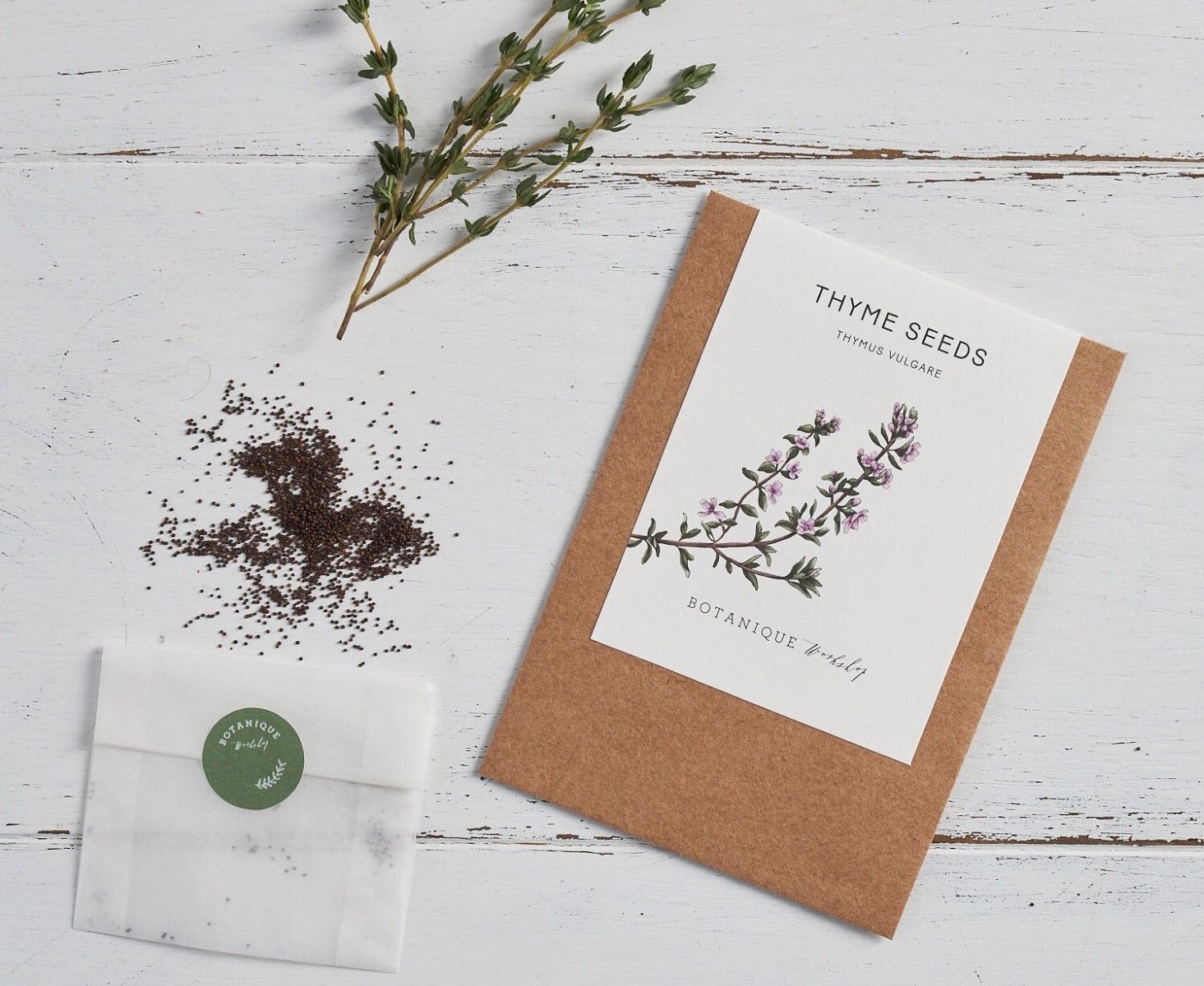
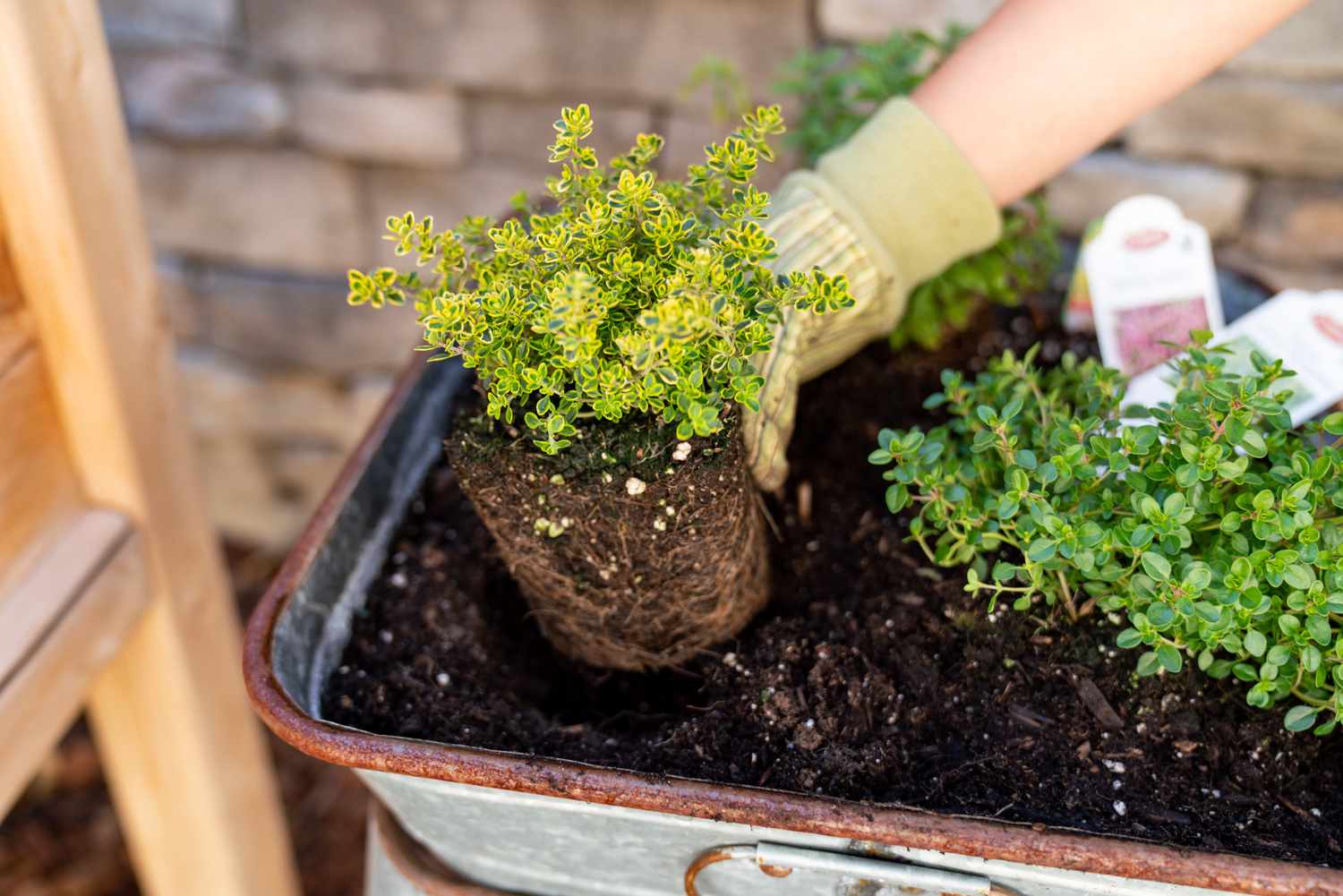
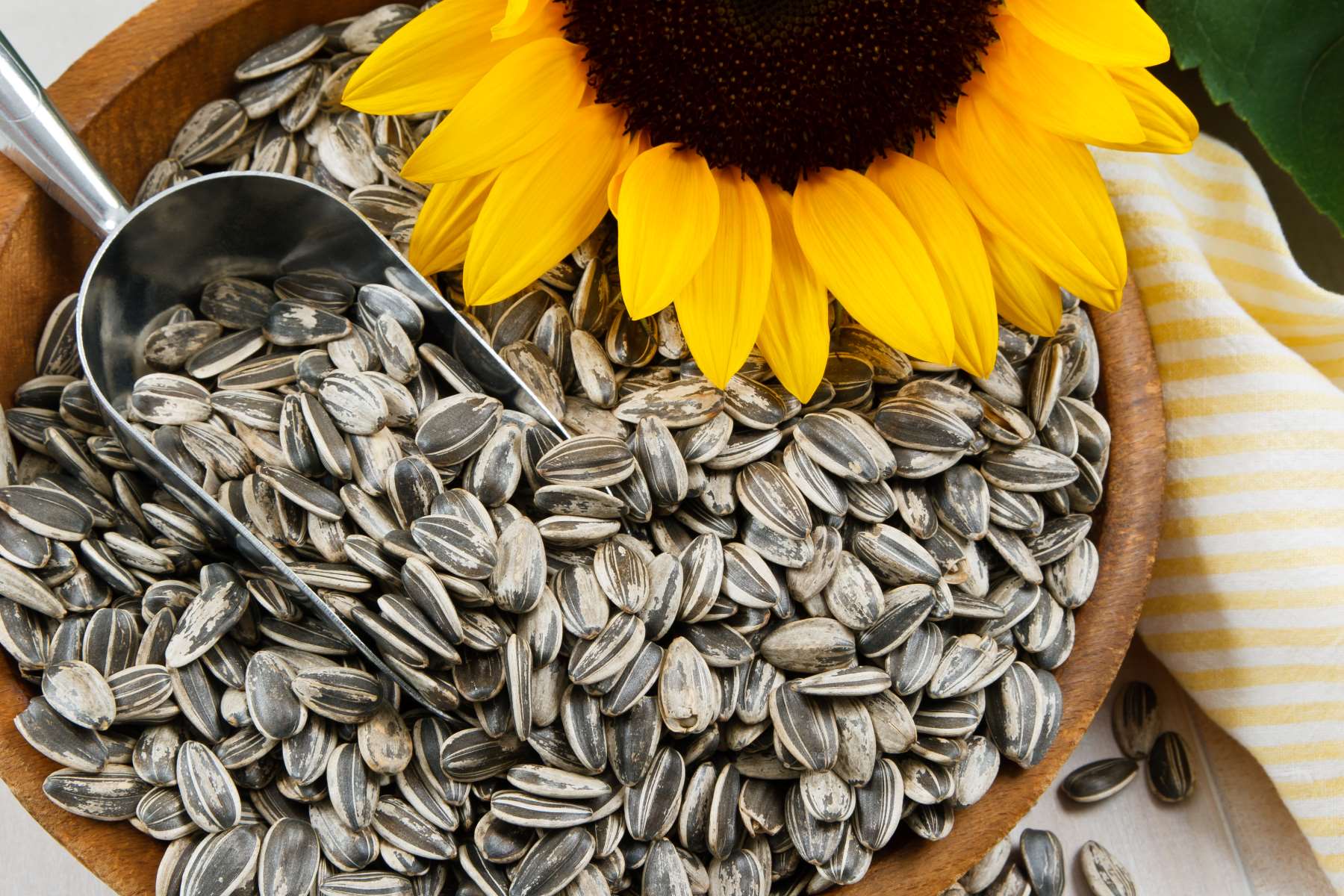
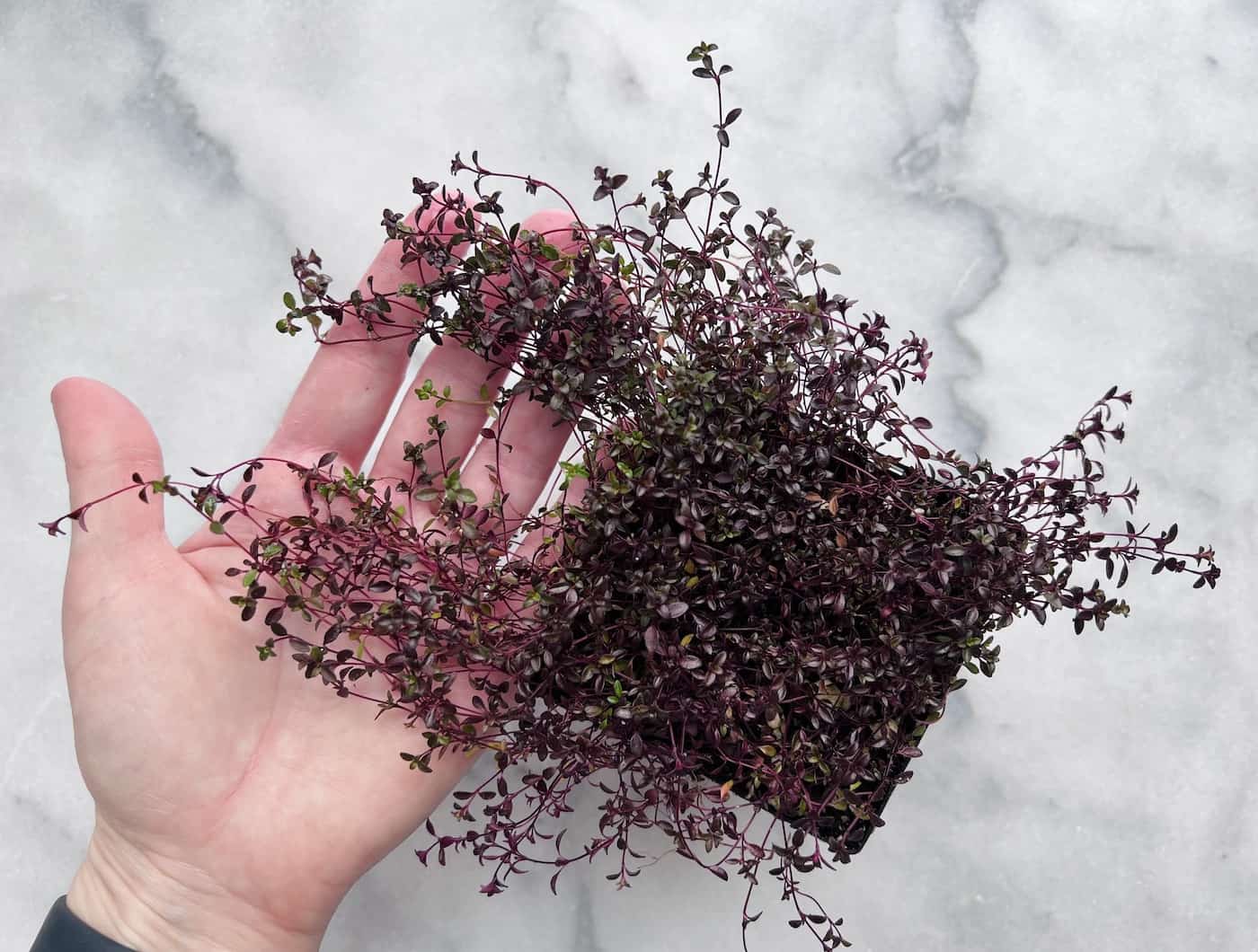
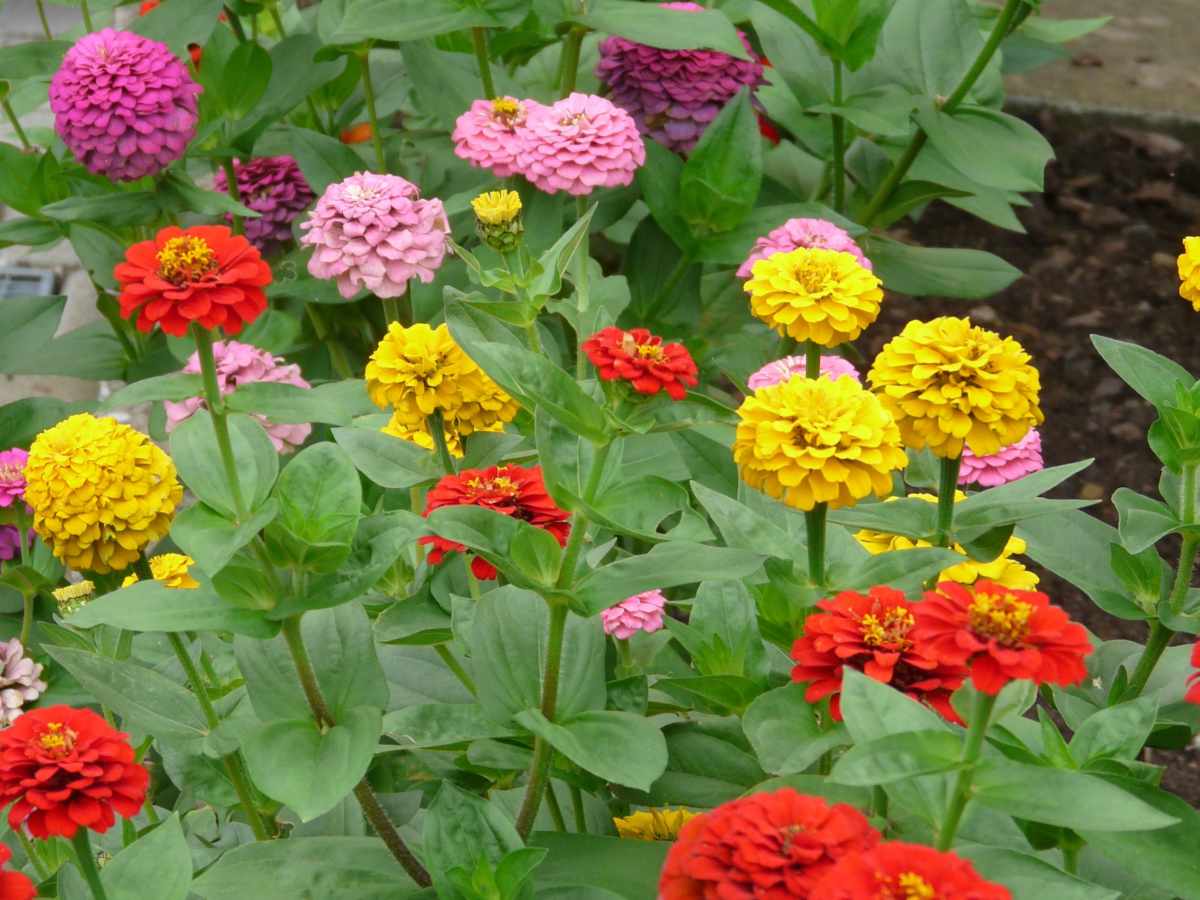
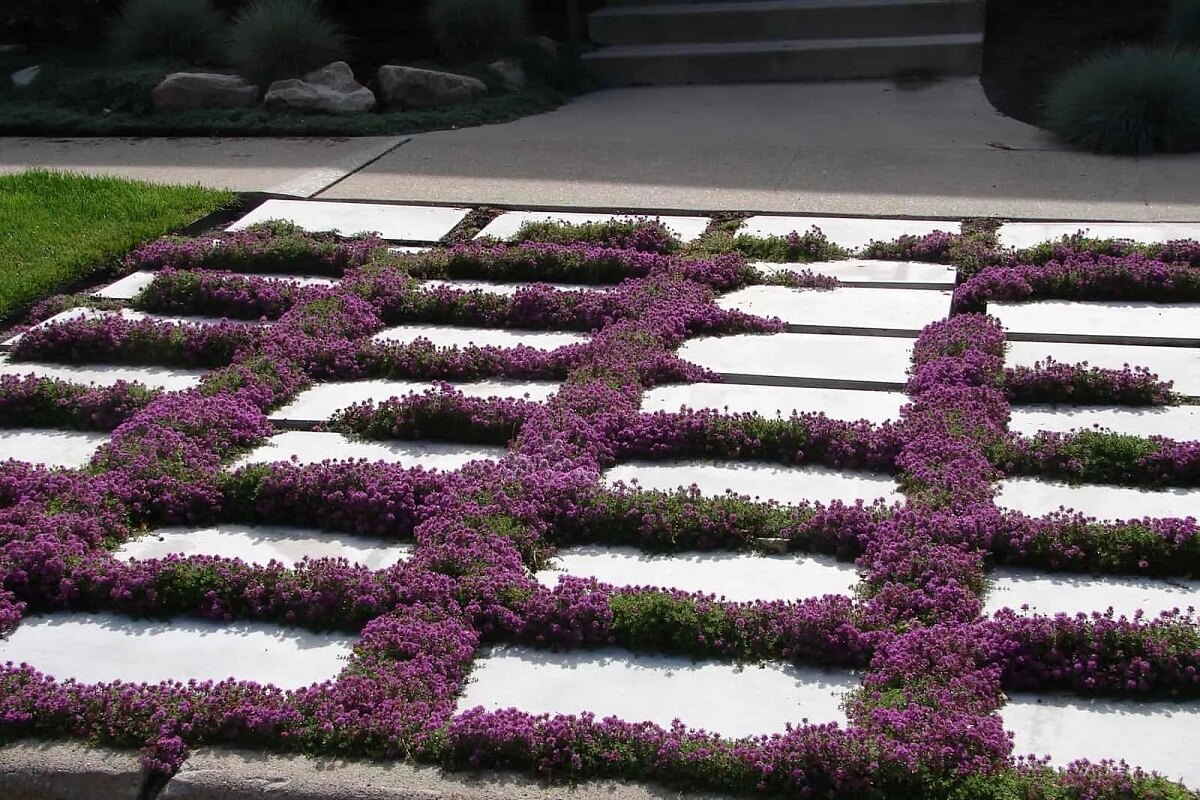
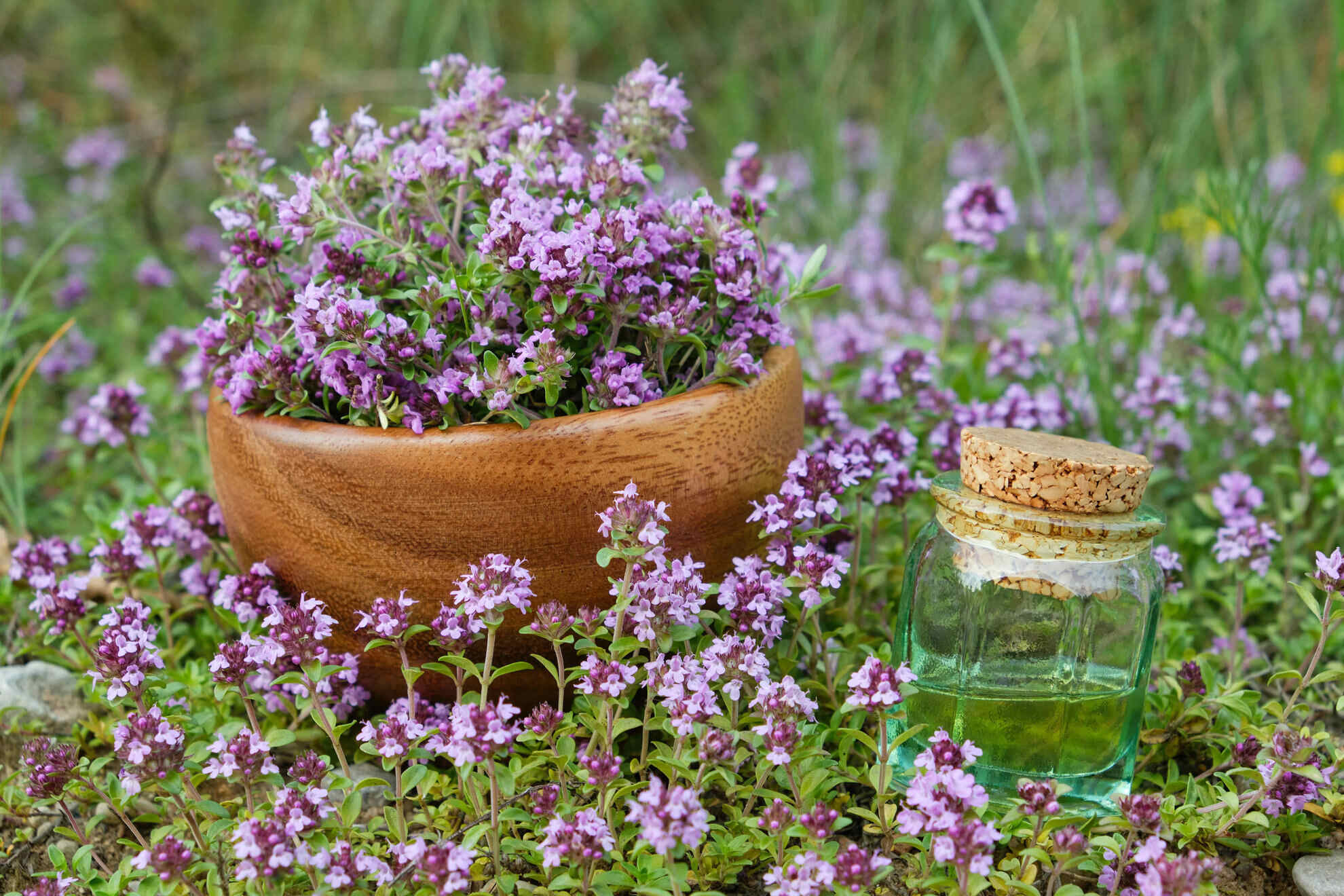
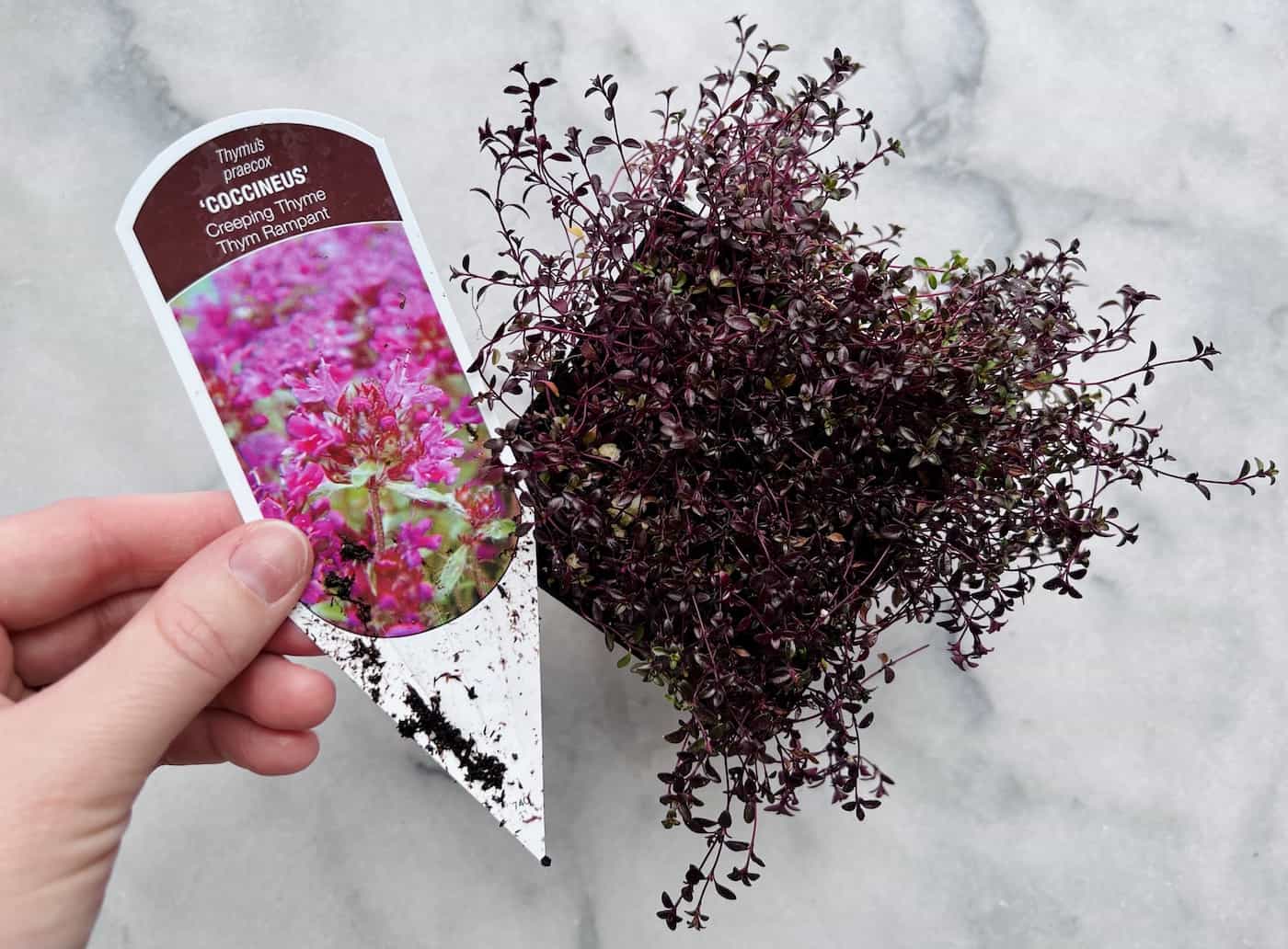

0 thoughts on “When Can You Plant Creeping Thyme”